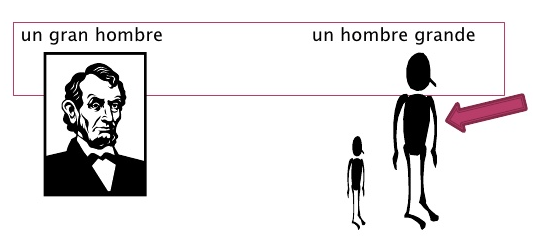I just finished Jordi Sierra i Frabra’s Siete días de julio, his equally dynamite sequel to Cuatro días de enero, which I wrote about last month. This is rapidly becoming one of my favorite book series in any language. I’m looking forward to reading Cinco días en octubre soon — right now it is out of stock at Amazon (a good sign for Spanish literature lovers).
On p. 87 of Siete días, one character asks another No tiene a nadie, ¿verdad? This sentence caught my eye because of its intriguing use of the “personal a“, the preposition used to mark direct objects that are (i) human and (ii) specific. To give a more typical example, the personal a is required in Visito a María because María is a specific person. It isn’t needed in Visito Madrid, because Madrid is a place, not a person, or in Necesito unos amigos nuevos, because the friends are not specified — in fact, they are unknown. A fuller explanation is here.
No tiene a nadie is an interesting use of the personal a because it lies at the intersection of two of this structure’s subtleties. On the one hand, tener is usually an exception to the personal a. One says, for example, Tengo dos amigos, in contrast to Veo a dos amigos, Visito a dos amigos, and so on. However, nadie requires the personal a, even though it doesn’t specify a person: one says No veo a nadie, No visitan a nadie, and so on, just as one says No veo a Miguel and No visitan a Ana.
In the case of No tiene a nadie, nadie trumps tiene. This seems to be the outcome in general, not just in Siete días de julio, at least as judged by numbers of Google hits. By this metric, No tiene a nadie outnumbers no tiene nadie five to one, and no tengo a nadie outnumbers no tengo nadie seven to one.
This reminded me strongly of dueling subtleties in the Spanish past tense. In general, the imperfect is used for repeated actions, and the preterite for time-bounded actions. For examples, one says Iba a la playa cada día ‘I went to the beach every day’, but Fui a la playa ayer ‘I went to the beach yesterday’. When an action is repeated within a specified time frame, the preterite wins. For example, one would say Durante mis vacaciones fui a la playa cada día, or La semana pasada fui a la playa cada día.
Nadie trumps tener for the personal a. A specified time frame trumps repetition in the past tense. These rules of thumb are good to know.

